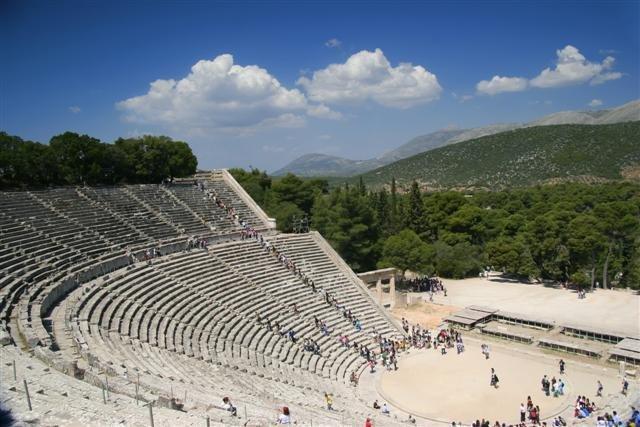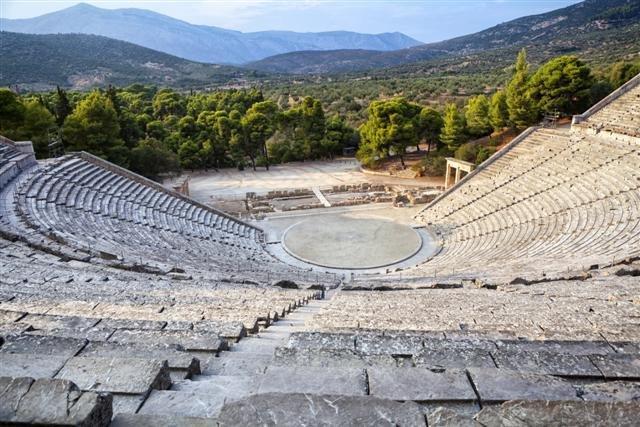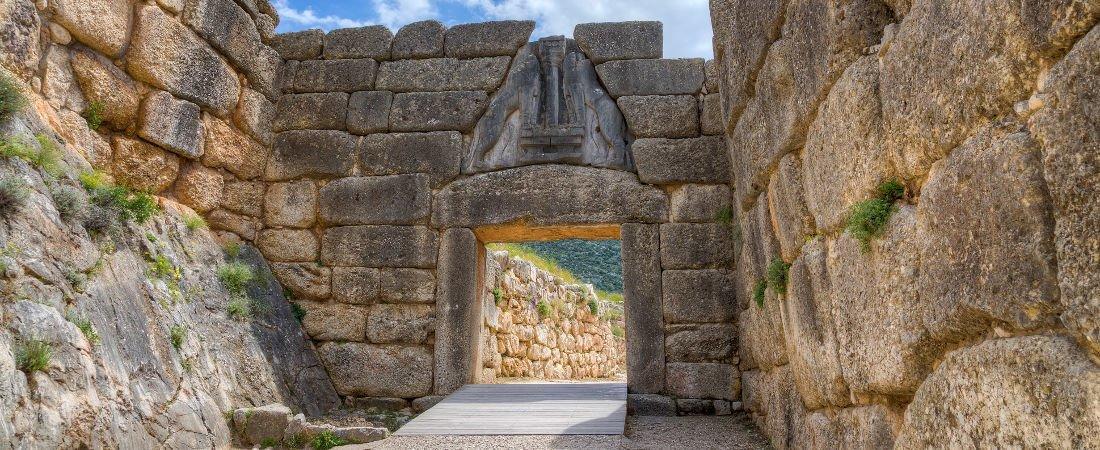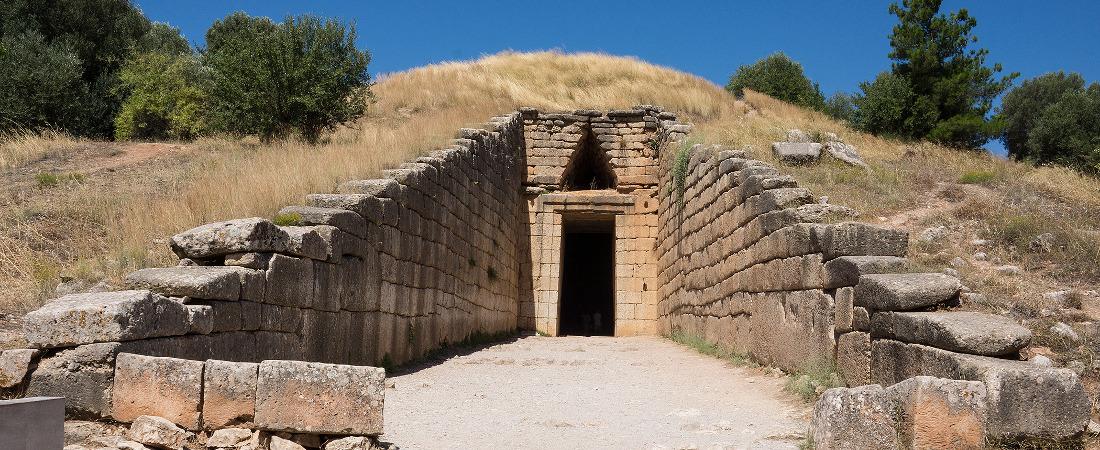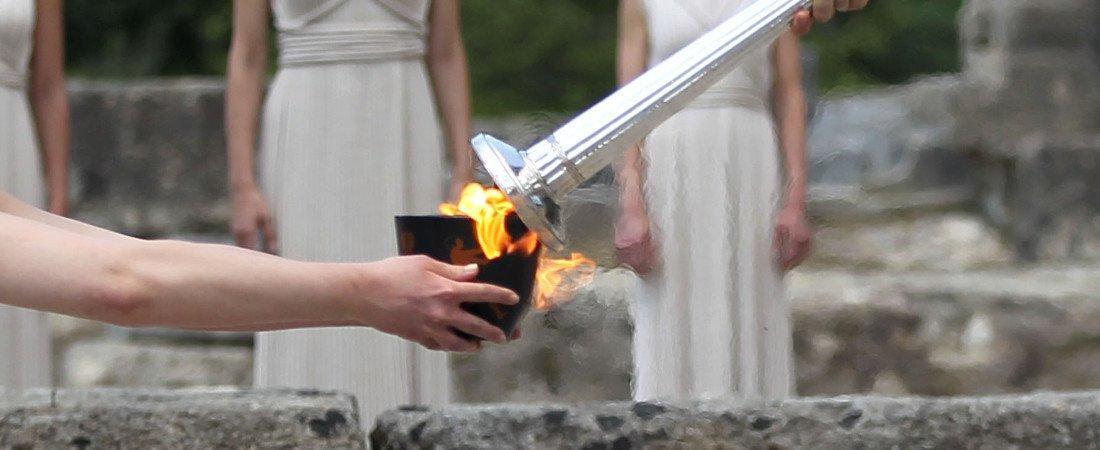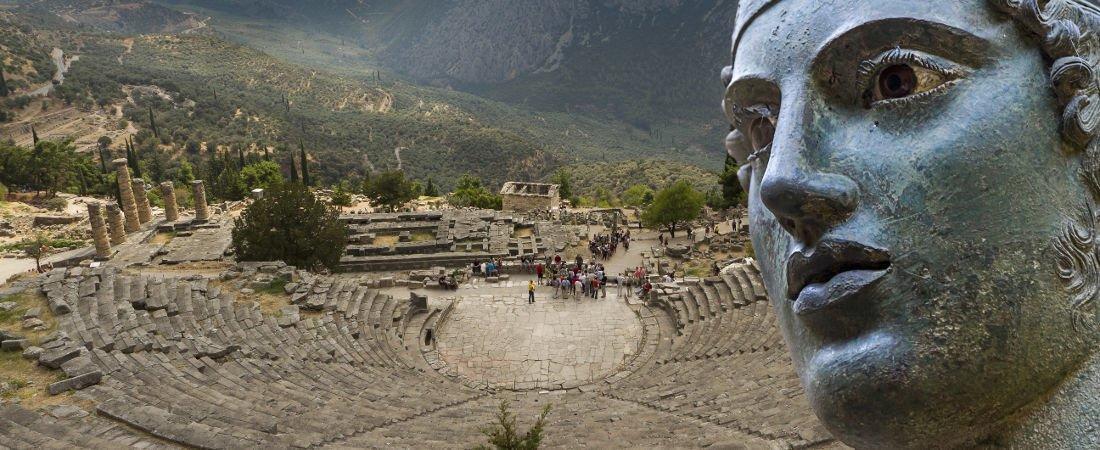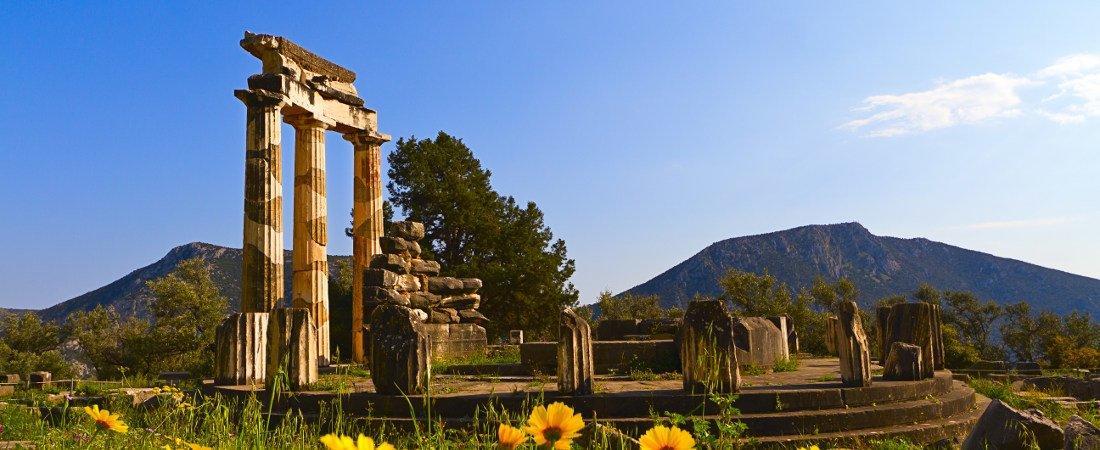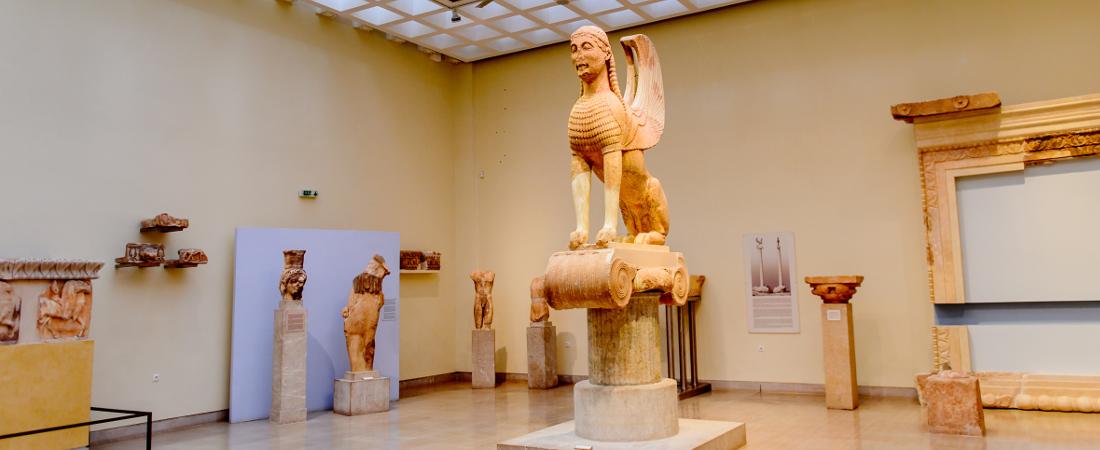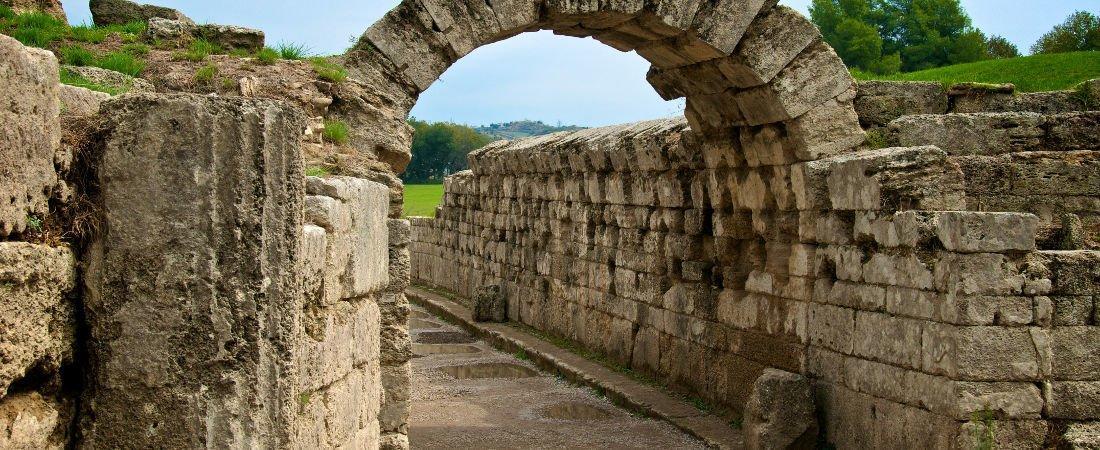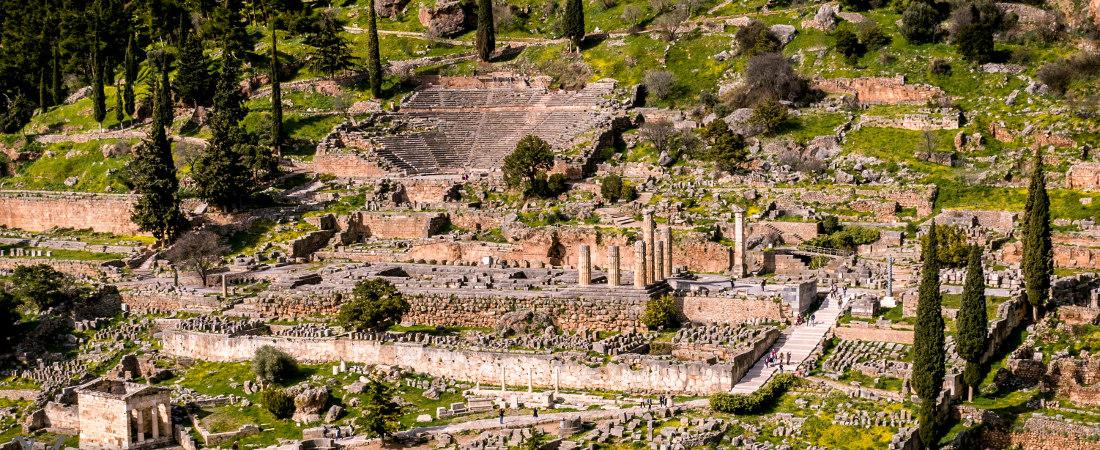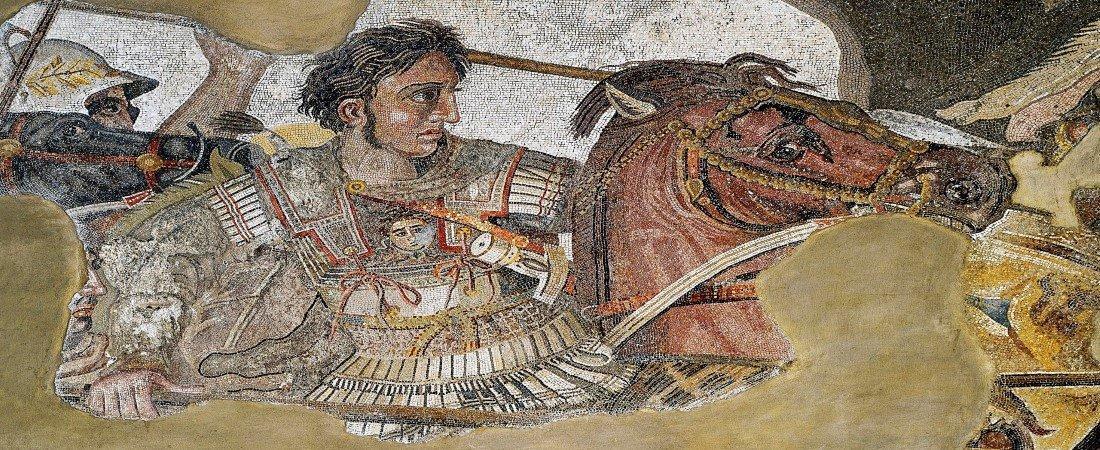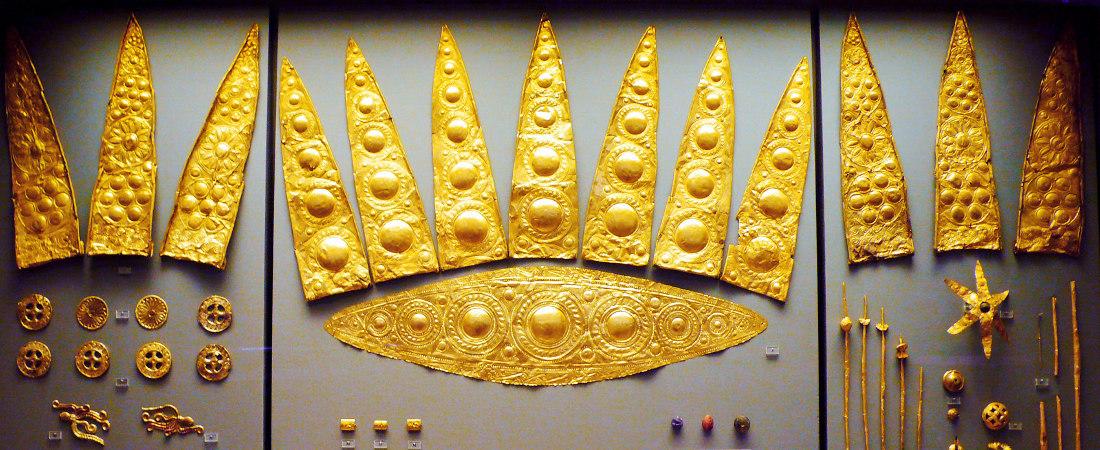The Epidaurus Ancient Theater
Above all, the Epidaurus Ancient Theater is known for its Acoustics. The theater is an architectural structure located in the area of the Sanctuary of Asklepieion. Moreover, next to the Epidaurus Ancient Theater is the Sanctuary of the God-physician Asklepios, the most famous Healing Center of the Greek and Roman world. The sanctuary belonged to the small coastal town of Epidaurus, however, its fame and recognition quickly spread beyond the Argolis region.
Considered the birthplace of medicine, it is thought to had more than two hundred spas in the eastern Mediterranean. Hence, its monuments are Masterpieces of Ancient Greek Art, a precious testimony of medical practice. Therefore, they illustrate the development of medicine from the time when healing depended on God.
Several important buildings were erected all around this area, such as:
- Classical Temple
- Altar of God Apollo
- Great Stoa (Gallery)
- Priests’ Residence and The Temenos of the Muses in the former
- Temple of Asklepios
- Abaton
- Tholos
- Epidaurus Ancient Theater
- Stadium
- Banqueting Hall and The Hostel
Homage
Above all, the area was devoted to the cult of Healing Deities. A Mycenaean Sanctuary dedicated to a healing Goddess stands on the Kynortion hill, northeast of the Epidaurus Ancient Theater. Worship continued in these places until it was abandoned after the earthquakes in c. VI AD. Whereas, the Epidaurus Ancient Theater is still working for the Summer Festival of Epidaurus.
Finally, the Archaeological Museum of Epidaurus Ancient Theater, opened in 1909, is noted for its reconstructions of Temples, Columns, and Inscriptions.
The sanctuary of Epidaurus Ancient Theater, founded in the 16th century BC, was operating until the 11th century BC.
Firstly, it is unusually large and is dedicated to God Apollo. The sanctuary was quickly overwhelmed and, consequently, a new sanctuary was founded nearby. According to the myth, Asklepios was born there and is thought to be the son of Apollo.
The two sanctuaries were developed around the Sacred Well, close to the Epidaurus Ancient, and incorporated the portico of the Abaton, the first ash altar and the site of ritual feasting.
The healing process consisted of cleaning and hypnosis sessions that emulated the death and rebirth of divine powers. Meanwhile, the God appeared to the patient to advise the treatment to follow.
Final retainer
During the second half of the c. II AD, the Roman Consul Antonine financed the refurbishment of old buildings and new constructions. After that, in the 4th century BC, the sanctuary was refurbished one last time.
Most noteworthy, the Archaeological Museum of Epidaurus Ancient Theater has a collection of Greek and Roman Sculptures inscriptions. The museum displays the Statue of Asklepios. Likewise, it is the reconstruction of many buildings, such as, the Doric columns of the Temple of Asklepios, the Temple of Goddess Artemis, and the Corinthian colonnade of the Propylaia. Also, displayed is the marble statue related to the Goddess Hygeia.
Moreover, the Archaeological Museum of Epidaurus Ancient Theater has a collection of votive inscriptions and Bronze Medical Instruments, along with 240 million years old fossils and minerals which you can see in our tour to Epidaurus.
Admire the Epidaurus Ancient Theater with one of our tours:
- One Day Tour To Mycenae, Nauplion and Epidaurus (Argolis)
- 3 Day Tour To Epidaurus, Mycenae, Nauplio, Olympia and Delphi Archaeological Sites
- 4 Day Tour To Epidaurus, Mycenae, Nauplion, Olympia, Delphi and Meteora Monasteries
- 5 Day Tour To Epidaurus, Nauplio, Mycenae, Olympia, Delphi and Meteora Monasteries
- 7 Day Tour In Greece Through the Centuries

